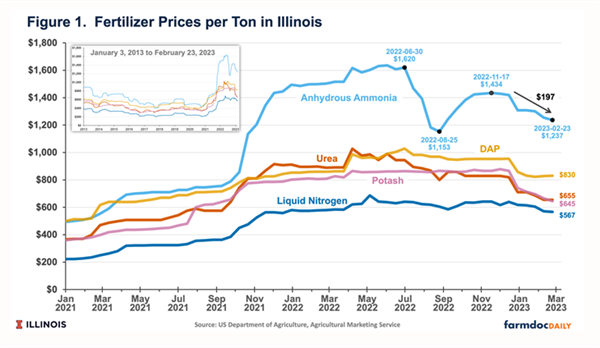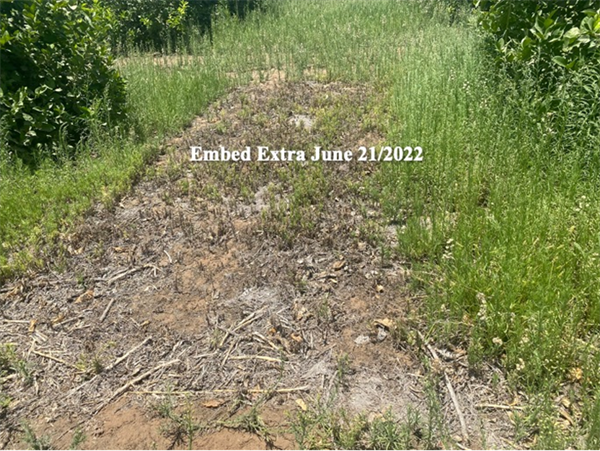-
Dec 14, 2022Review of Pest Pressure on Fall Produce and Melon Crops, 2022
Every season is unique, and this fall was no different in terms of insect pressure on desert produce crops. A quick look at both recent and historic data on pest abundance recorded from our University of Arizona research plots and areawide trapping and sampling suggests that insect pressure was unusual for several pests. For a look at the data see Fall Pest Abundance on Desert Produce and Melon Crops
Whitefly/CYSDV: Whitefly populations in fall melons were lighter this fall compared to previous years, and areawide, adult movement was below average. CYSDV incidence in cantaloupe fields was much lower than experienced last fall which was unusually high in the Roll/Tacna and Texas Hill areas due to about 300 acres of abandoned watermelons which were highly infested with whiteflies and viruses. Virus incidence in these locations in 2022 was below 10%. However, CYSDV on average was estimated at about 50% in fields produced in the Yuma Valley, where historically virus has been heavier. Whitefly nymph abundance was light in produce crops at YAC in 2022, and apparently light throughout the growing area based on no reports from PCAs.
Beet armyworm (BAW), cabbage looper (CL), and corn earworm (CEW): BAW and CL pressure in the early fall was very high, although not to the levels seen in 2020. BAW pressure subsided in mid-September, but CL pressure was heavy until early November. Worm pressure has been very light since then, likey due to the below average temperatures in November. Trap catches for both BAW and CL were below average. CEW trap catches peaked in mid-October and failed to be much of an issue at harvest in most locations. However, we did receive reports of CEW at harvest in a couple of fields of lettuce in Dome Valley.
Diamondback moth (DBM): DBM was not a problem again for local desert growers in 2022. PCAs began reporting the presence of larvae in late October but pressure never built up much after that. Areawide pheromone trapping showed that DBM moth activity began later this fall and on average, much lower than we typically find. Following the storm on Dec 3, we experienced a significant spike in trap counts throughout the area suggesting that populations may be migrating in from coastal areas. At YAC, the larval populations were light compared to previous years, and field efficacy trials in broccoli indicated that this population was very susceptible to all industry standard insecticides.
Aphids Flights of winged adults have been lighter than most years. Prior to the recent storm (Dec 3), trap counts have been very low, but increased significantly last week in the Yuma and Gila Valleys. We did receive reports of green peach aphid nymphs colonizing lettuce and brassica crops in early November, but reports have been light for the past several weeks. No reports of lettuce or foxglove aphids to date. Aphids might be light this spring.
Western Flower Thrips (WFT) / INSV: WFT pressure on non-treated lettuce plants at YAC was lighter than the past several seasons. Areawide trapping showed that adult activity was well below average as well, but traps placed on edges of alfalfa, cantaloupe and lettuce fields showed that WFT activity was much higher in melons. Adult movement peaked in all crops around early-mid October, particularly in melons at harvest. In fall lettuce, adult and larvae densities on plants was lower than what we found in fall 2021, and unusually low during November. Although INSV infected transplants were again detected in October in Tacna, Roll, and Wellton, to date virus incidence in direct-seeded lettuce remains almost non-detectable in these areas. Caution: If we experience a La Nina weather pattern as predicted, WFT populations may rapidly begin building in January. Be vigilant in your WFT management this winter/spring.
Have a Merry Christmas, and we’ll visit again next year! To contact John Palumbo go to: jpalumbo@ag.Arizona.edu
To contact John Palumbo go to: jpalumbo@ag.Arizona.edu












